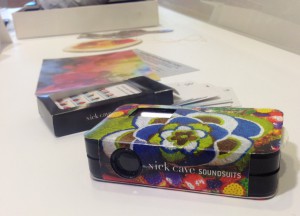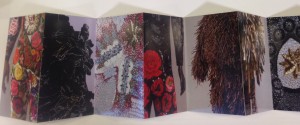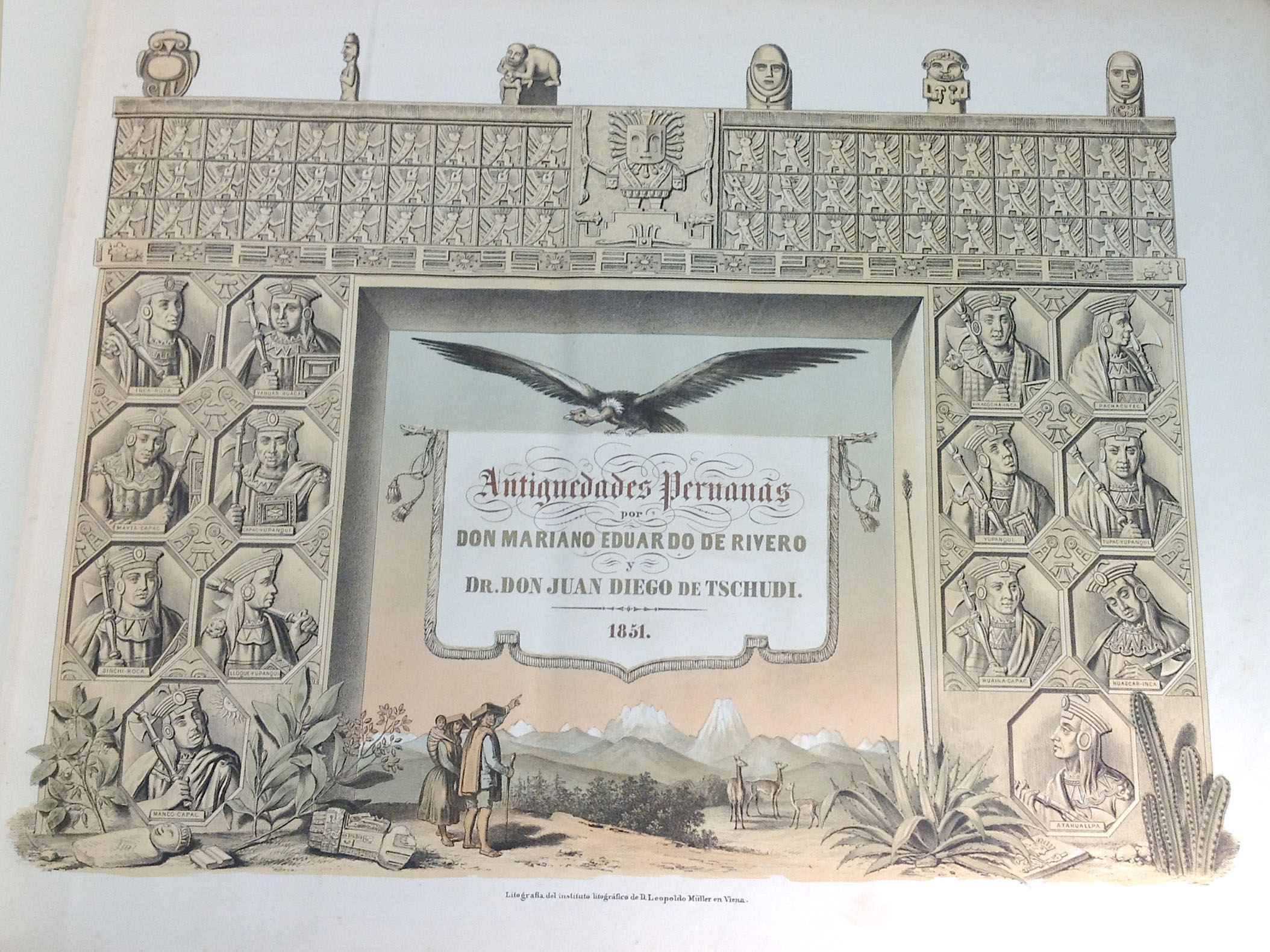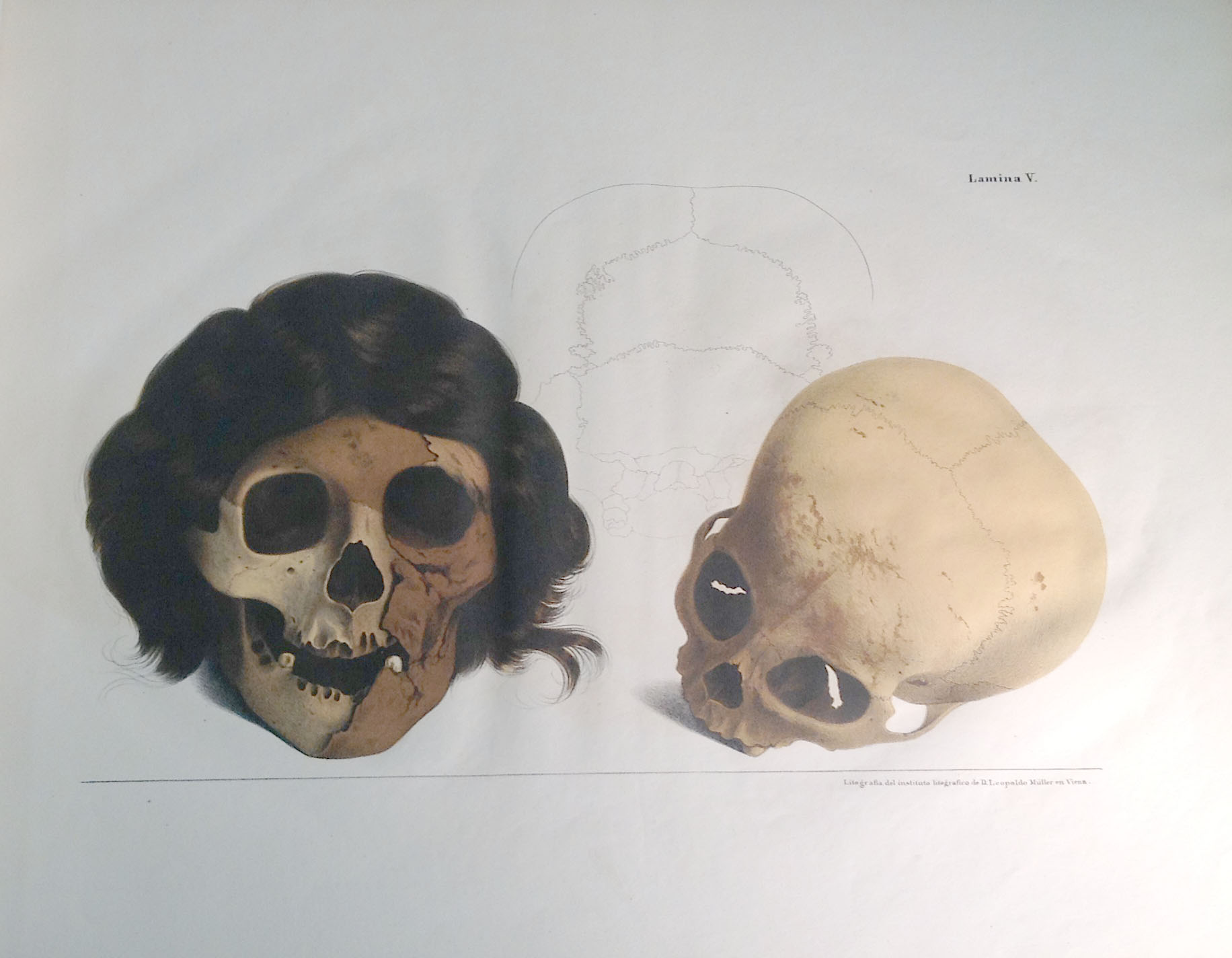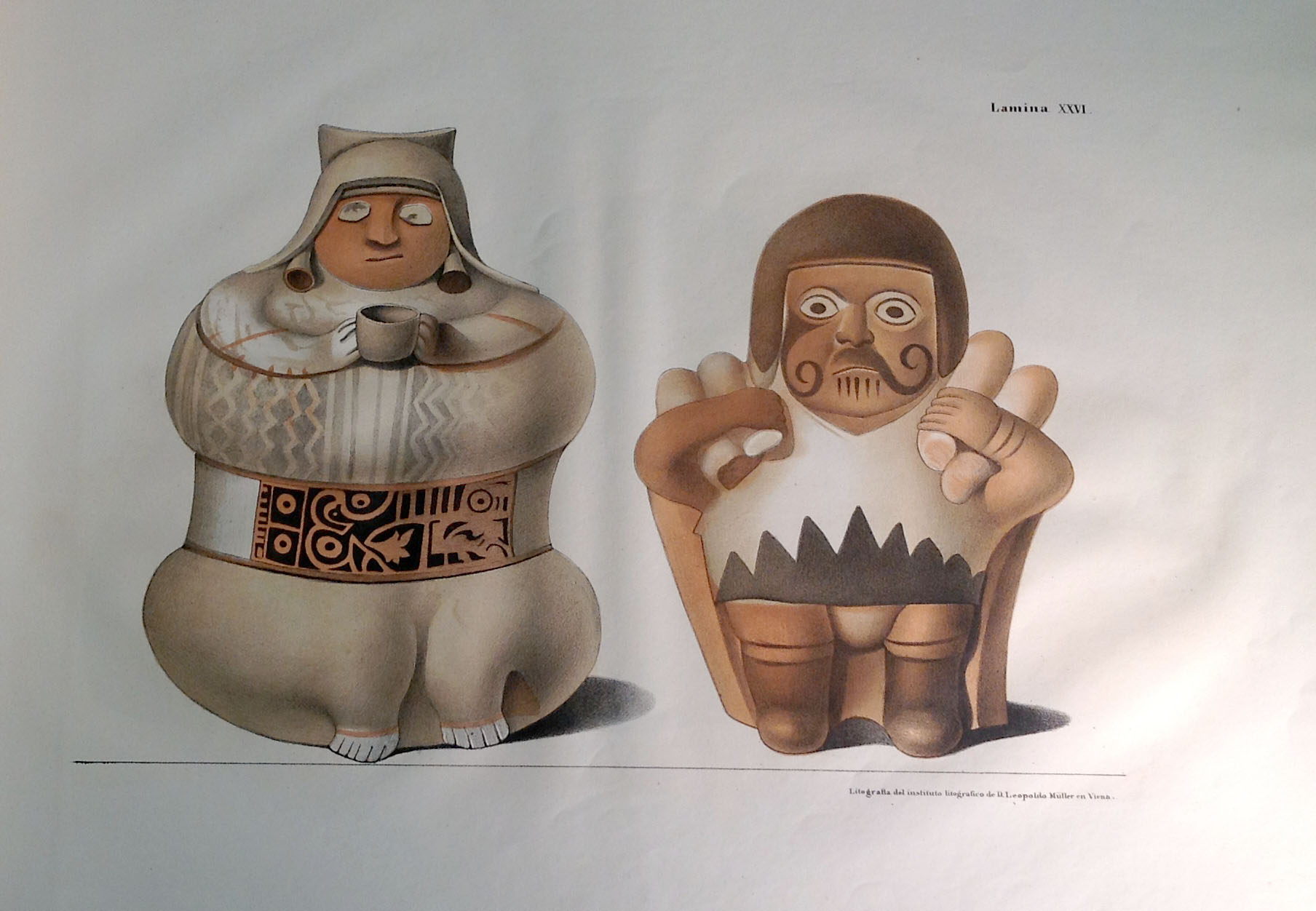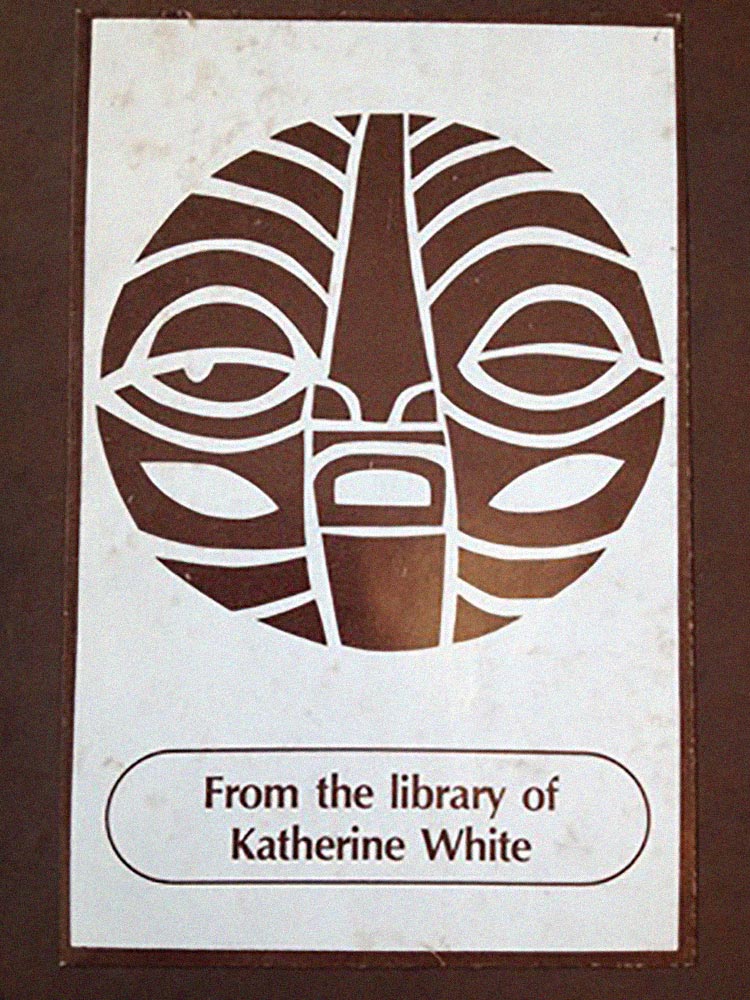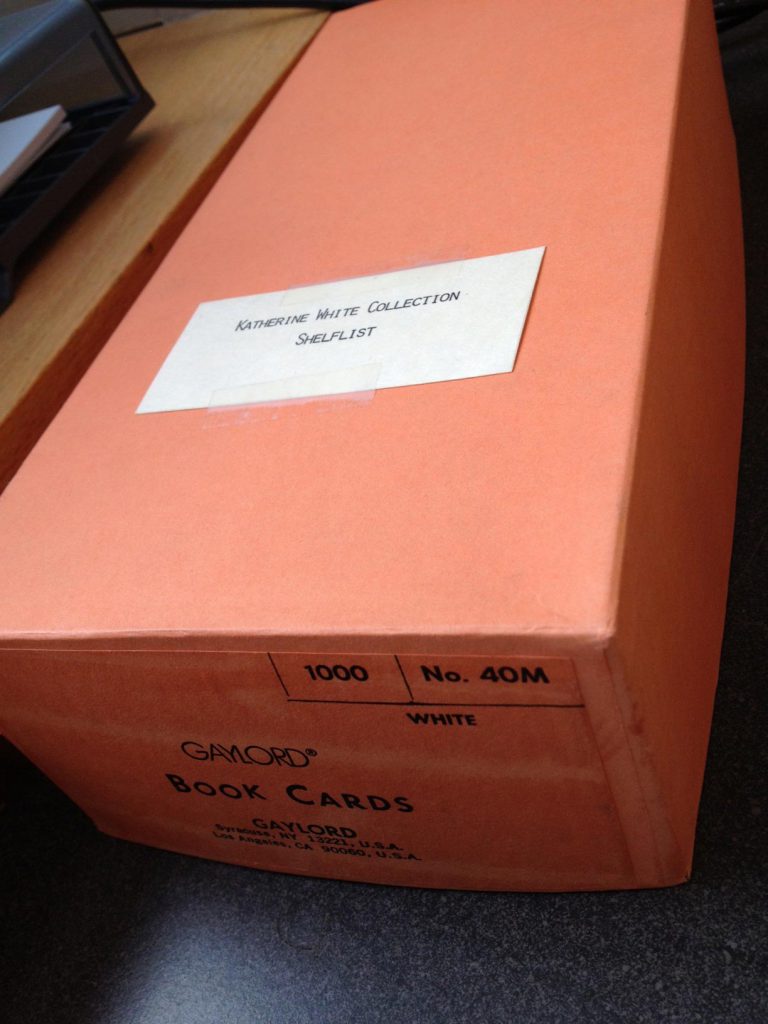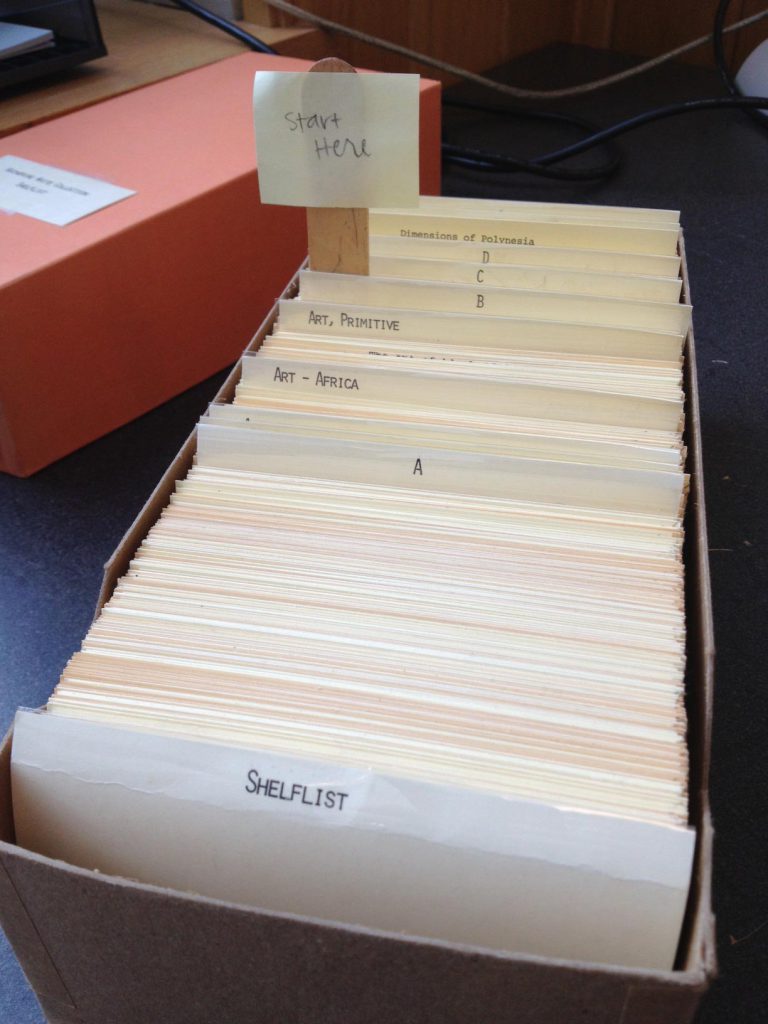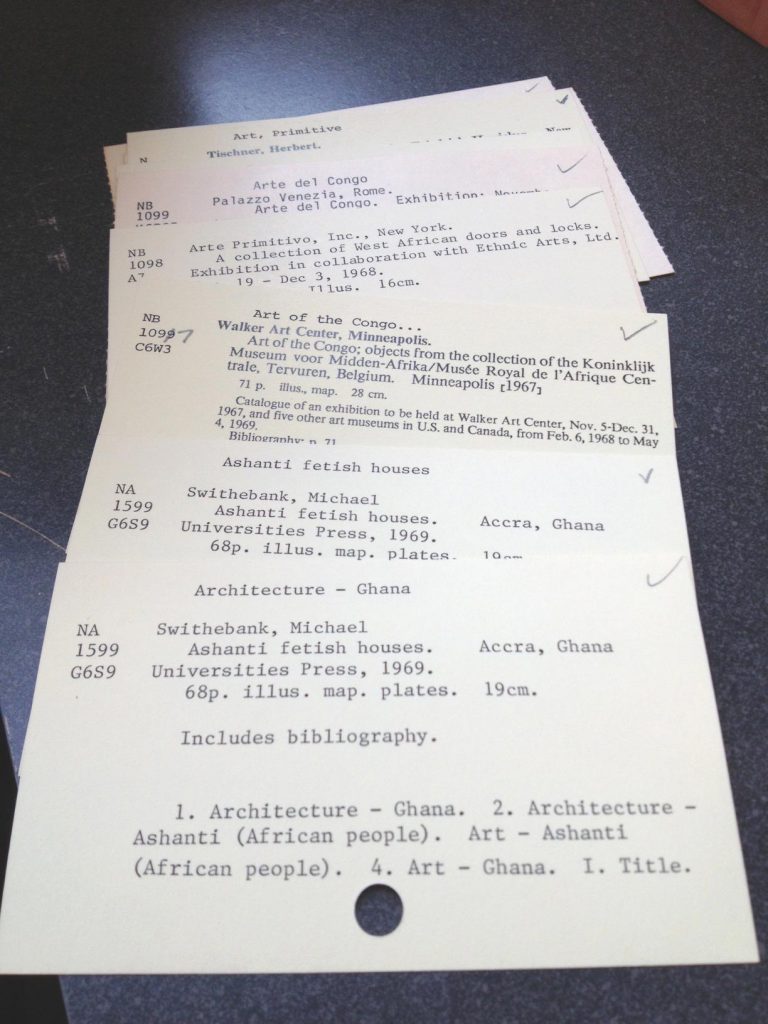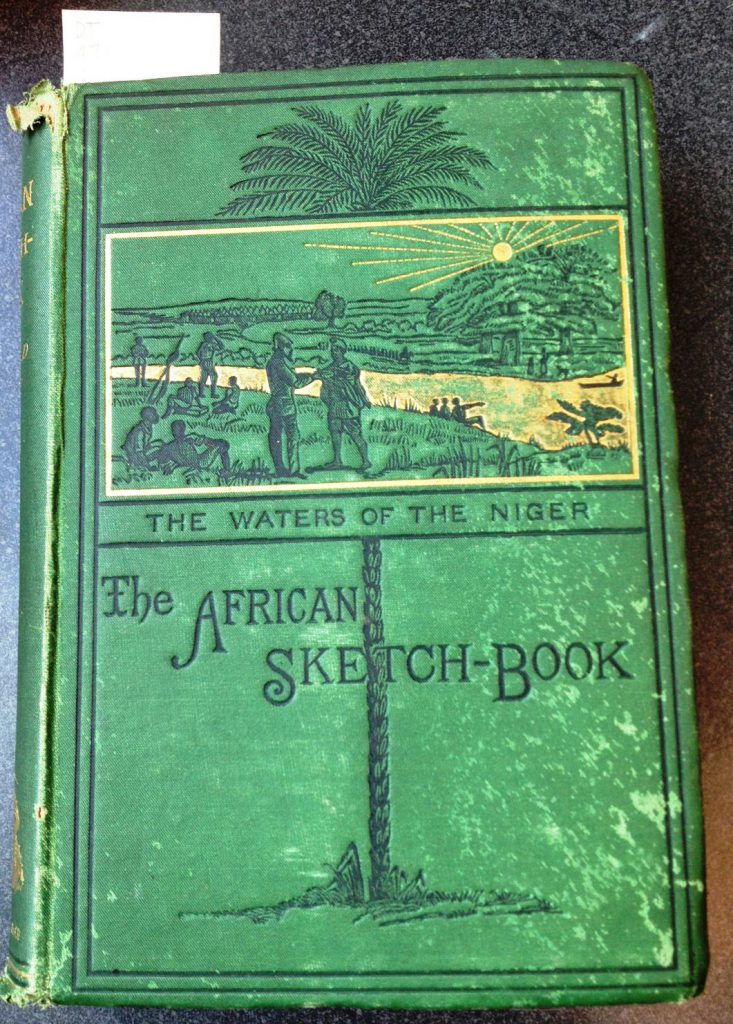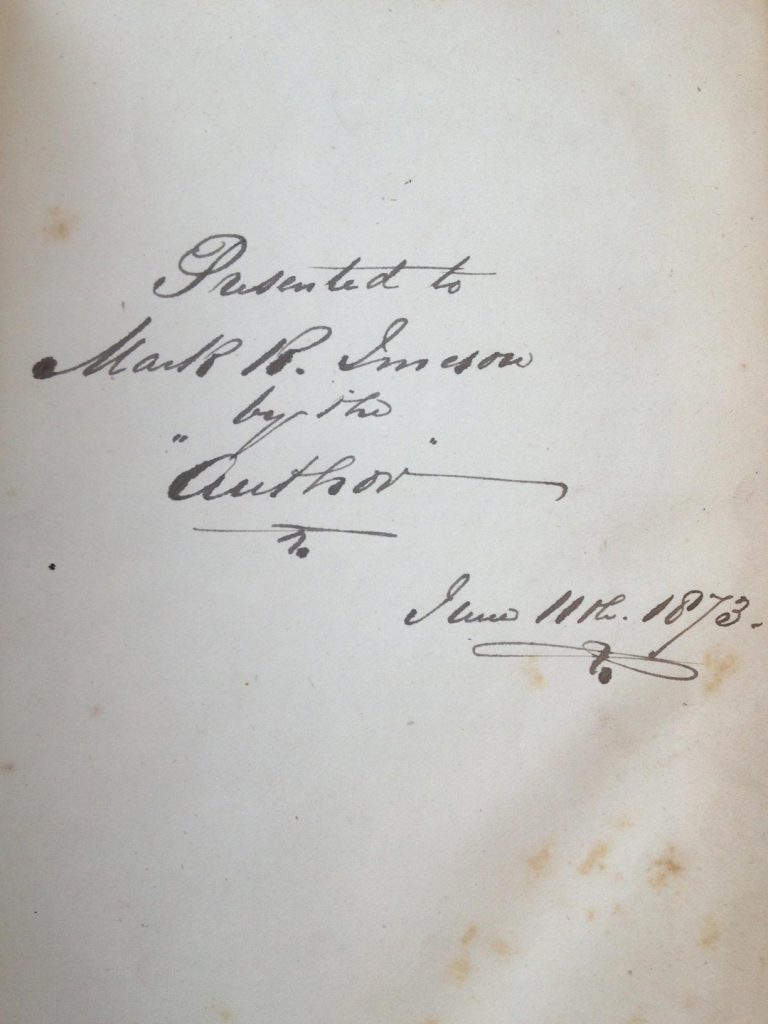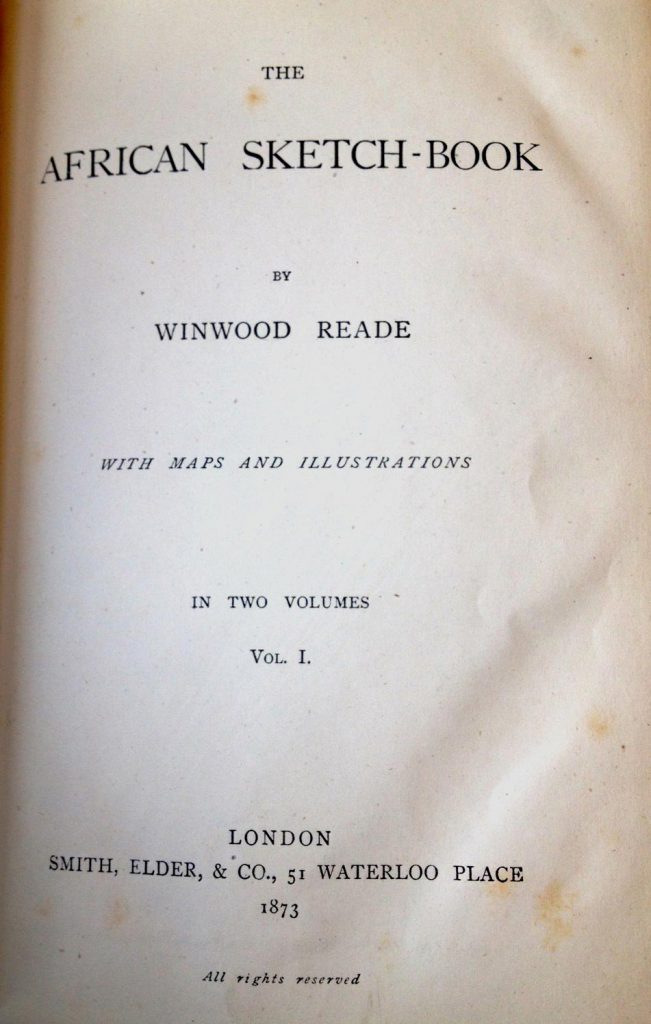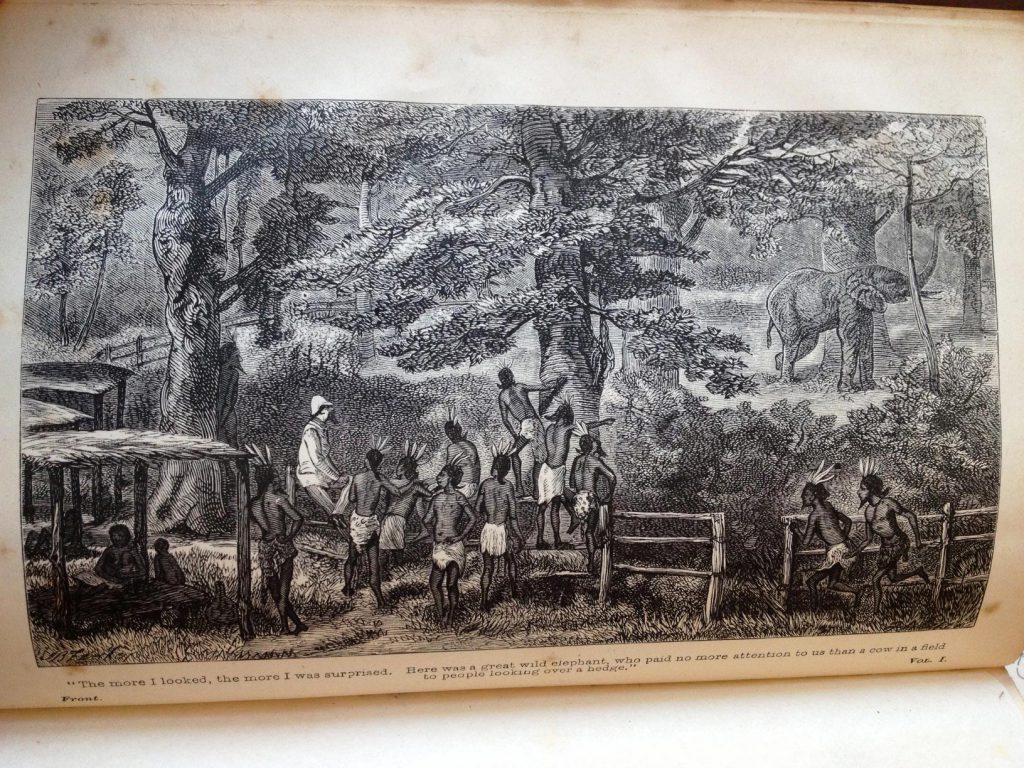Masks in the Bullitt Library’s Collection
The Seattle Art Museum’s current exhibition, Disguise, examines 21st-century evolutions of the African mask and explores contemporary forms of disguise. For this latest book installation from the Dorothy Stimson Bullitt Library, we drew upon unique works in our Special Collections related to masks. They run the gamut between the restraint of an early 20th-century collection catalogue and the intensity of an early 21st-century work that delights the senses.
Masks Alone
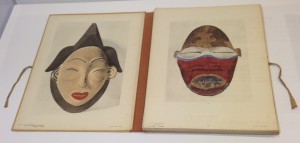
Portier, André and François Poncetton. Les Arts Sauvages: Afrique. Paris: Editions Albert Morancé, 1956. SPCOL OSZ NB 1080 P6.
Les Arts Sauvages: Afrique is a large folio edition that focuses its attention on the form of each mask, leaving context to our imagination. It was first published in Paris in 1927, and is authored by the French academics, André Portier (French, 1886–1969) and François Poncetton (French, 1875 or 1877–1950). It includes fifty loose-leaf collotype photographic plates printed in sepia, some overprinted with color. An elaborate, beautifully produced collection catalogue, this work displays the collections of important artists, critics, and writers of the French Surrealist and Dada movements.
Two examples of the overprinted color plates are on currently on view: Masque Pongwé (Gabon), from the collection of Stéphen-Charles Chauvet, (French, 1885-1950), known for his authorship of the first illustrated compendium on Easter Island; and Masque Man (Côte d’Ivoire), from the collection of Paul Éluard, (French, 1895-1952), the French surrealist poet.
Soundsuits in a Box
“The wearers and their masks participate in a consuming spectacle: sounds, smells, the audience and the setting all play essential roles.” —Herman Burssens, African Faces: An Homage to the African Mask
Unlike the quiet, reflective nature of Les Arts Sauvages: Afrique, this artist’s book by Nick Cave (American, 1961–) has movement, makes noise, and shows us masks represented in a totally different way from that of more traditional books.
This Boxfolio is a rare, wonderful, instance of an artist leaving a remnant behind after a show. In 2011, artist Nick Cave held a solo exhibition at the Seattle Art Museum and this work ultimately ended up in the Bullitt Library. Best described as an artist’s book, this work contains a diverse and fascinating assortment: an iron-on patch, lenticular image, magnet, pin, blow-up punching bag, set of playing cards, set of postcards, hanging ornament, booklet, fiber optic wand, and a Viewmaster. Cave’s Soundsuit Shop tells us that “Nick’s 2006 exhibitions were accompanied by this Boxfolio which, like the Soundsuit, is a collection of unexpected items that make sound when shaken.”
Two of Nick Cave’s Soundsuits are on view in the exhibition, Disguise: Masks and Global African Art, which runs through September 7, 2015.
– Traci Timmons, Librarian, Dorothy Stimson Bullitt Library
The book installation, Masks in the Bullitt Library’s Collection, is on view just outside the Bullitt Library on the fifth floor of the Seattle Art Museum, during the library’s public hours: Wednesday-Friday, 10 am-4 pm. (Please note the library will be closed July 1-3, 2015.)
